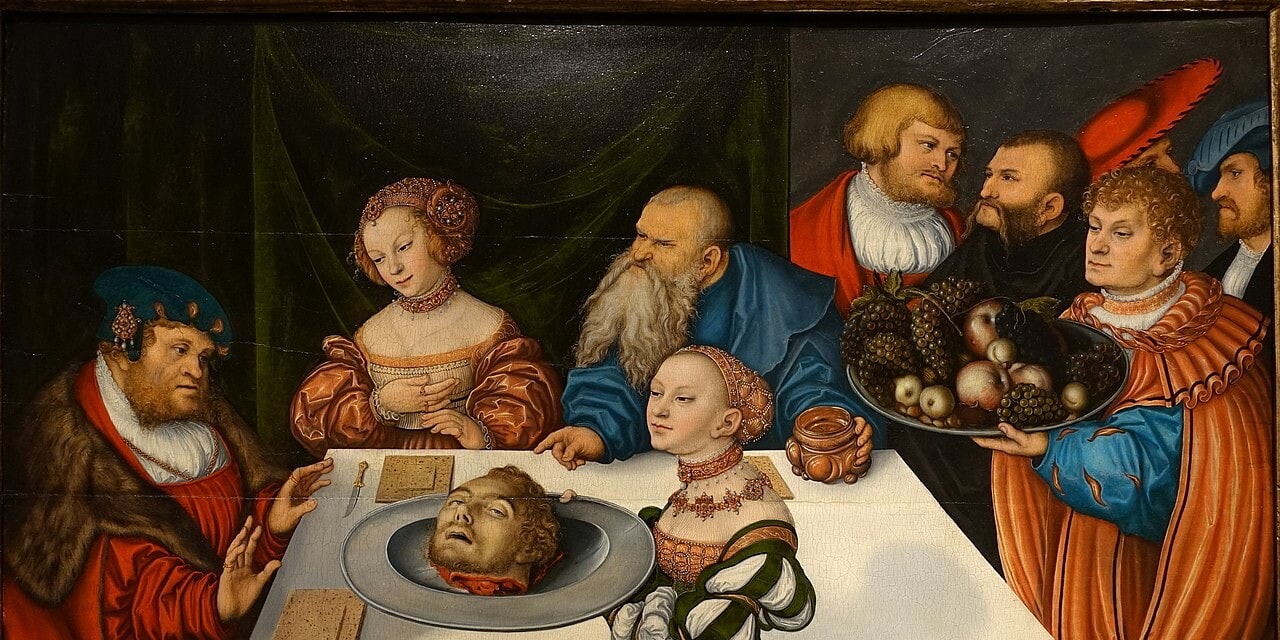Eating strange, rare food and drinking to the point of blacking out in the quest to top everyone else isn’t a modern phenomenon. Extreme dining has been around since ancient times. Ancient extreme eating is typically associated with religious rituals, celebrations, and dinner parties. These classic cases of wild dining and drinking evolved into the clubs and societies popularized in the late 1600s and 1700s. These clubs were particularly popular among the English upper class.
Many of these clubs centered on politics, religion, and other traditional ideas. But others gathered to participate in these Fear Factor level dining and drinking endeavors, or to use food and drink as an excuse for wild behavior. Here are some of the most notorious dining societies that inspired modern extreme eating and drinking, from their Greek and Roman roots to some recent clubs that will test any diner’s gag reflex.
Ancient Roots of Drinking and Dining Clubs

In Ancient Egypt, the Festival of Drunkenness celebrated alcohol’s role in avoiding the destruction of mankind. On the first month of the Egyptian calendar, people gathered in temples, shrines, and houses to drink excessively and party. The least fun part of the celebration came in the morning. Hung-over revelers were woken for worship by music and drums.
The Greeks followed suit with the Cult of Dionysis, celebrating with food, wine, song, and o-r-g-i-e-s. The Romans, not to be outdone by excess alcohol and frivolity of the Egyptians and Greeks, held parties with foods more familiar in a zoo than on a dinner table. These included flamingo, giraffe, jellyfish, or parrots. To cap off the night, the most gracious Roman host would stage Gladiator combat for a little post-dinner blood sport.

